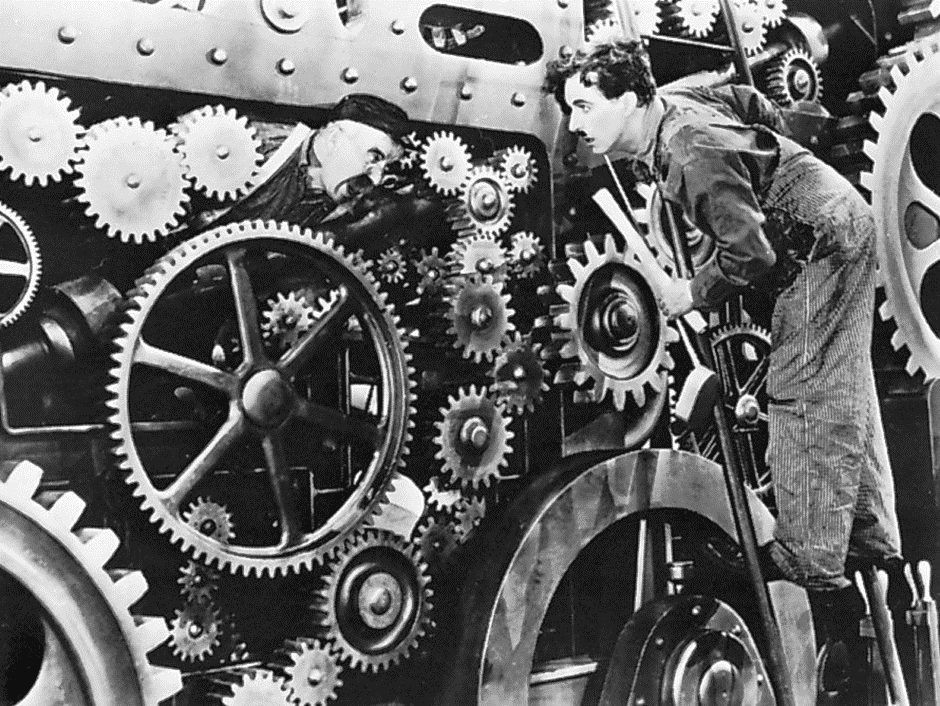Organizational Culture
The best organizations share a common denominator: a solid
culture. All have agreed on cultural priorities at the top, and these
principles are centered on the institution and its goals rather than on
individuals. Successful business pioneers mirror their cultures consistently
and make a special effort to convey their personalities to workers and possible
new hires. They are clear about their standards and how those values
characterize and administer their organizations' activities.
Take, for example, Microsoft. Technological business and a
world-class performer and well-known brand. Satya Nadella, who took over as CEO
of Microsoft in 2014, has effectively modified Microsoft, which was once known
for its savage rivalry under Steve Balmer. He began a programme to improve the
corporate culture, a process that shifted the emphasis away from competition
and toward continual learning. Representatives were encouraged to foster
themselves as opposed to show off their abilities. Microsoft's market cap is
already approaching $1 trillion, and it is once again contending with Apple and
Amazon as one of the world's most valuable firms.
Ineffective cultures, on the other hand, can bring the
organization and its leadership down. Employee disengagement, high turnover,
poor customer relations, and decreased earnings are all examples of how a bad
culture may hurt the bottom line.
A business should initially have a strong consciousness of both general culture and the culture of their own firm. An organization's culture is built on ideals derived from fundamental assumptions regarding the following:
- The human condition. Is an individual born great or horrible, flexible or unchanging, proactive or receptive? These basic assumptions lead to attitudes about how employees, customers, and suppliers should interact and be managed.
- The organization's relationship to its environment. What are the business and constituency definitions for the organization?
- Appropriate feelings. Which feelings should be urged to be communicated, and which should be suppressed?
- Effectiveness. What metrics are used to determine if the organization and its various components are performing well? Only when the culture is backed by an adequate business plan and a structure that is appropriate for both the business and the desired culture will an organization be effective.
Leadership practices, communication methods, internally dispersed messages, and corporate festivities are all examples of how organizational culture can show itself. Given the intricacy of culture, it's not unforeseen that words for describing various cultures vary significantly Forceful, client engaged, inventive, fun, moral, research-driven, innovation driven, multi levelled, family-accommodating, and risk-taking are few of the terms commonly used to portray cultures.
Your organization's culture impacts everything from
dependability and tone to contract terms and worker benefits. Representatives
are bound to feel great, upheld, and esteemed when the work environment culture
matches their requirements. Organizations that put a huge importance on culture
can weather testing times and changes in the business climate.
With regards to drawing in ability and surpassing the
opposition, culture is essential. Close to half of representatives would quit
their present place of employment for a lower-paying possibility at a firm with
a superior culture, as indicated by 77% of laborers who look at a company's
culture before applying. Employee satisfaction is influenced by an
organization's culture, which is one of the key reasons that nearly two-thirds
of employees are satisfied (65 percent)
Here are eight reasons why organizational culture is critical:
- Higher employee engagement
- Lower turnover
- A distinct brand identity
- Increased efficiency
- Transformative potential
- Outstanding performers
- Onboarding that works
- A positive work environment




Comments
Post a Comment